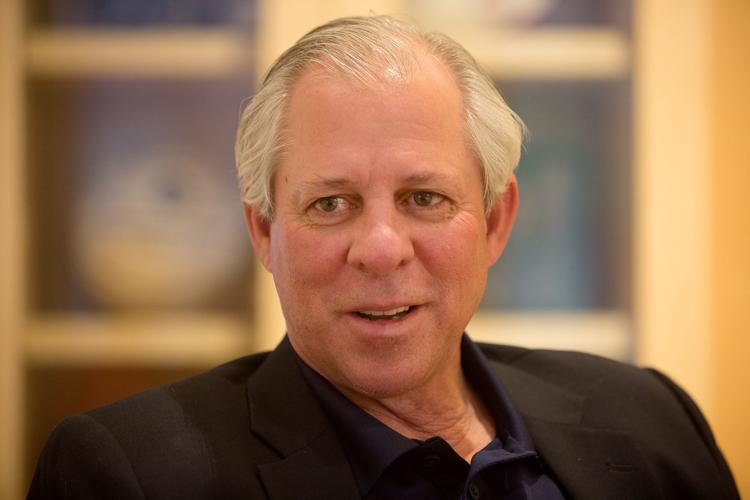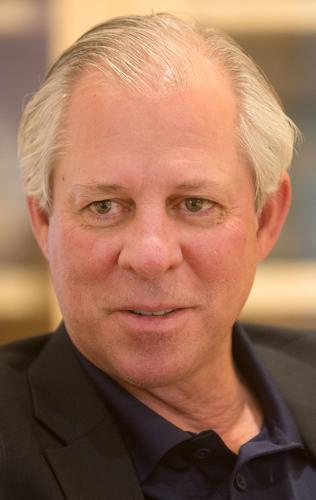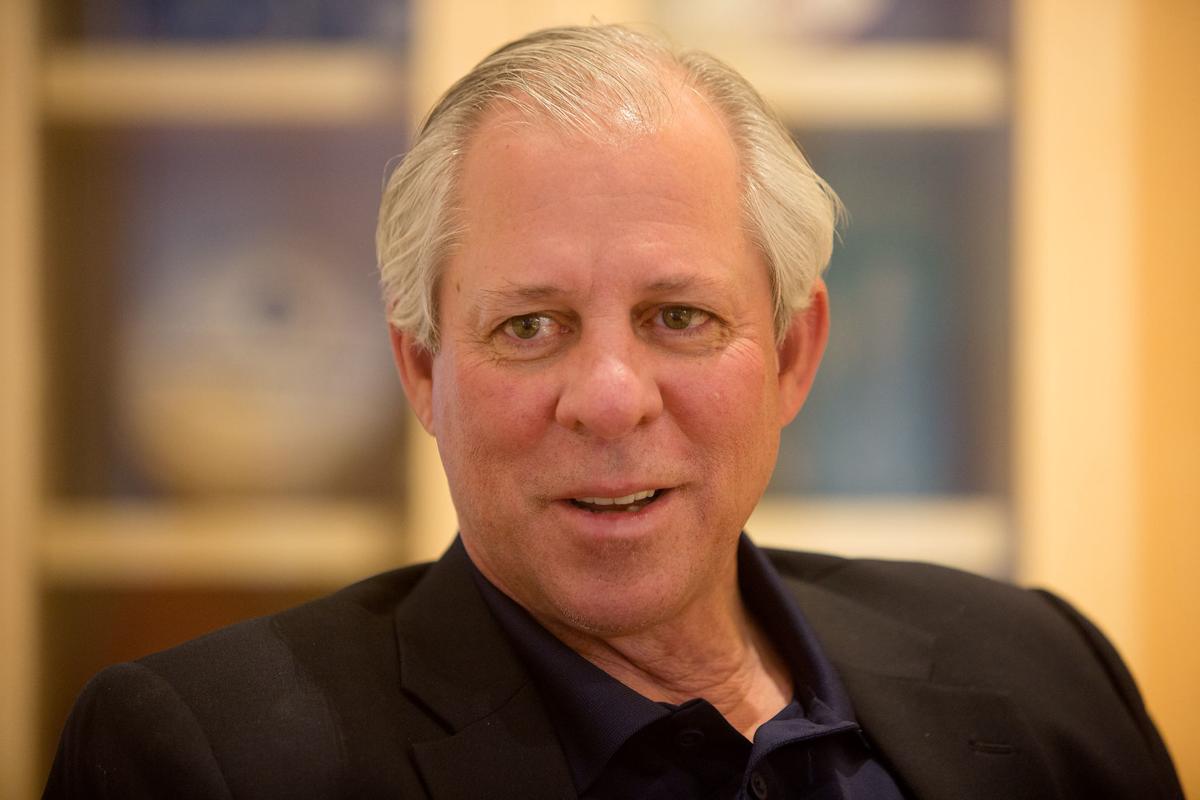When UA President Robert C. Robbins took on the top job a year ago this month, he immediately faced high-profile challenges including turmoil in the athletic department, further encroachment of the campus into residential neighborhoods and a former dean charging gender bias. While those and other issues made headlines, there was another challenge, under the radar, that would become his.
The University of Arizona had acquired, in April, the sought-after federal designation as a Hispanic Serving Institution, indicating that the UA’s Latino student enrollment had reached 25 percent.
While the other headline-grabbing stories will dominate our attention and get the online clicks, the fact that the UA’s Latino student enrollment is growing and will continue to move upward will have a far-reaching critical impact that could reshape the university in years to come. The potential for greater recognition and growth for the UA and its relationship with the Latino community will long outlive whoever is coaching the men’s basketball or football teams.
“It’s the culmination of the work by many stakeholders to achieve this status,” Robbins said.
While Robbins played a small role in achieving the designation — it is something the UA sought for years — he is the person now tasked to strengthen the UA’s commitment to the Latino community and to ensure that Latino presence on campus continues to grow.
“It’s incredibly important for the university and for our community and the state … that we have achieved this status,” he said in an interview last week in his Old Main office on campus.
The new designation, which I wrote about last month, gives the UA — probably the largest HSI school in the country — opportunity to receive additional grant money to expand existing programs or create new ones to build on the increasingly diverse student body. Beyond federal grants, the label brings more.
“More importantly it signifies and plants a flag in the ground for us as a university,” said Robbins, a medical doctor by training who before coming to Tucson served as president and chief executive officer of Texas Medical Center in Houston, which bills itself as the largest medical complex in the world.
For Robbins the HSI label means more than having a Latino student enrollment of 25 percent. To recruit and retain the growing number of Latino students graduating from Arizona high schools and to attract others from neighboring states, the UA has to increase the number of Latinos in faculty and high-level administrative positions such as vice presidents, deans and department heads.
“It’s going to be really important to recruit the quality and caliber of faculty and staff that will be attuned to specifically Latino and Hispanic students as we help them to achieve their hopes and dreams,” he said. “From a grass-roots level it’s going to be important to have Hispanic, Latino leaders in administration in the deans’ roles and senior level roles, without question.”
Last month, Robbins met with about 40 Tucson Latino educators and leaders to discuss his goals for the university and its new designation. By several accounts he was received positively.
“He’s asking for suggestions of what the UA can do better. I believe he is taking those seriously,” said Barbara Sotomayor, a long-time educator and administrator in the Tucson Unified School District.
UA deans and administrators are also getting the message from Robbins that the HSI designation is critical to the university’s future growth, said one dean.
“The real test is if we’re attracting students because they know this is where they’ll succeed. That’s the reputation I’d like us to have,” said Bruce Johnson, dean and professor in the College of Education, in a separate interview.
To back up his talk about the importance of the designation, Robbins will incorporate HSI-related goals into the all-encompassing strategic plan, a multiyear road map that will refocus and refine the UA’s plans.
“It’s my intention through the strategic planning process,” he said, “if there is nothing else we accomplish it will be to focus on student success, on graduation rates, retention rate, employment and good paying jobs.”







